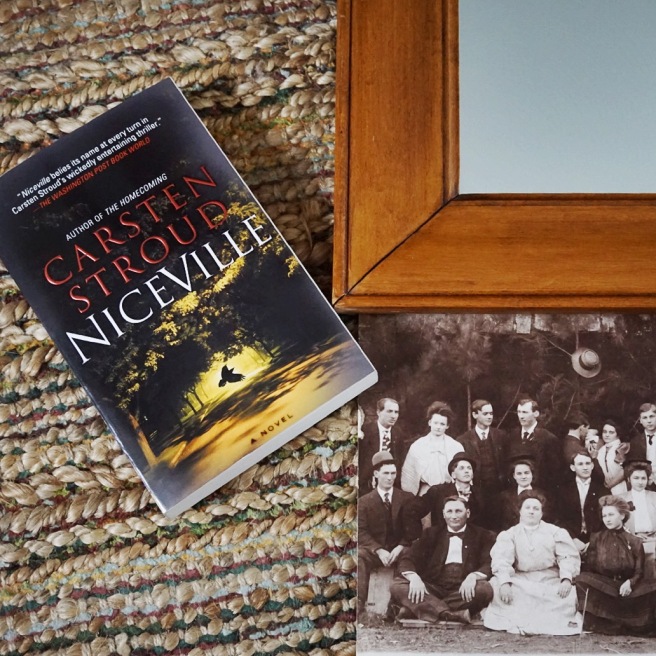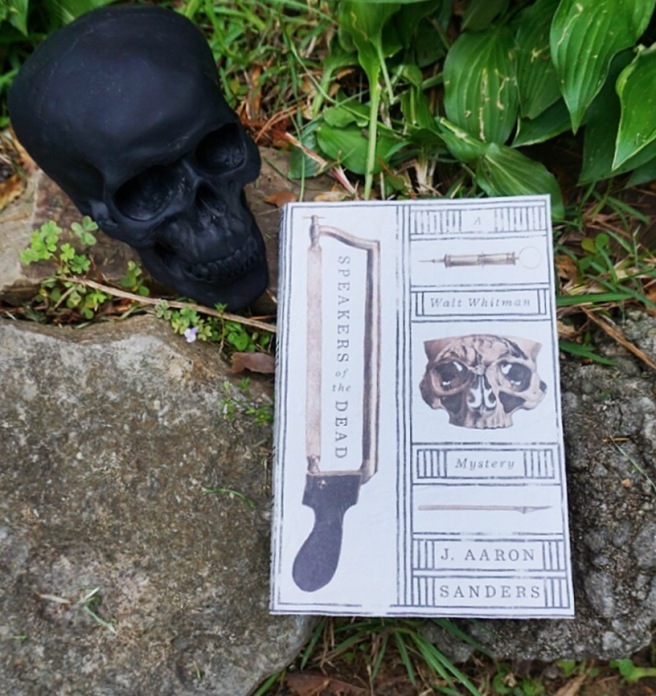
The psychoses fomented by rigid constructions of masculinity are the topic of many serial killer narratives. Yet novels such as Thomas Harris’s The Silence of the Lambs, Bret Easton Ellis’s American Psycho, and Jeff Lindsay’s Darkly Dreaming Dexter also make their psychotics appear intriguing, attractive, and even seductive. Casting these murderers as sympathetic or even relatable characters undermines the horror of their actions. That these fantasies are explicitly male indicates a gendering of serial killer narratives. Female authors within the genre, such as Dorothy B. Hughes and Lauren Beukes refute such characterizations by criticizing a history of violence fostered by patriarchal structures. In this sense, Beukes’s The Shining Girls both updates and expands the themes of Dorothy B. Hughes’s In a Lonely Place (1947), the groundbreaking psychological thriller that introduced the serial killer plot as a vehicle for addressing the misogynistic suppression of female agency.
The Shining Girls opens in 1931 Chicago, with Harper Curtis on the lam from both the mob and the police. Harper takes up residence in a decrepit house that urges him to eliminate the “shining” girls, young women full of potential, by providing a wormhole through which he can travel to different eras. The narrative alternates between Harper’s murders and his history with Kirby Mazrachi, who survives one of Harper’s attacks at age eighteen. In the present, Kirby takes an internship at the Chicago Sun-Times to gain access to information about her would-be killer. While Kirby’s research reveals the unbelievable possibility that her killer has been operating for sixty years, Harper discovers the existence of the girl who lived and returns to finish his task.
As in Hughes’s novel, Beukes highlights the effects of war on the male psyche. Combat since the Great War has traditionally been portrayed as a defining masculine experience, and both Hughes and Beukes use it as a catalyst for their antagonists’ actions. Harper is a soldier who returns from WWI to a social displacement that leads to gambling, financial trouble, and, in turn, aggressions with the law. Beukes illustrates how the hostilities of wartime engagement cultivate the idea that masculinity is constructed through dominance, brutality, and conquest, which are qualities Harper enacts in extinguishing the potential of women whose ambition and intelligence threaten traditional gender roles.
The two books diverge, of course, in that In a Lonely Place is anchored to the specific time of post-World War II, while The Shining Girls uses time travel to explore the repercussions of Harper’s violence from 1929 to 1993. Science fiction fans may object to the logistics of Harper’s time travel, which is never adequately explained, but Beukes’s indeterminate ending speaks to an ongoing cycle of gendered violence. It is unclear whether the house fostered Harper’s murderous desires or whether Harper’s innate hatred and violence was powerful enough to create the wormhole, but this distinction is unnecessary. Although Harper’s time-traveling methods are inexplicable, his motivations are a clear and constant attempt to silence and destroy women’s agency. Rather than ending the novel with the inevitable showdown between Kirby and Harper, Beukes presents the POV of a peripheral character drawn to the 1929 house, implying the cycle will begin anew.
To highlight the indiscriminate nature of such violence, Beukes intersperses her victim’s stories with Harper’s narrative. Such victims include a nude dancer, a factory worker, a transsexual passing in a girlie show, a pharmaceutical researcher, and a drug-addicted artist. There is little commonality between these women, other than each one’s attempt to assert her own individuality and independence. The diversity of Harper’s victims speaks to a violence that affects women of all classes, races, and sexualities. Thus, in our current political milieu, in which ongoing legislation attempts to regulate women’s bodies or restrict LGBT identities, Beukes’s criticism of the denial of female autonomy is particularly resonant.









